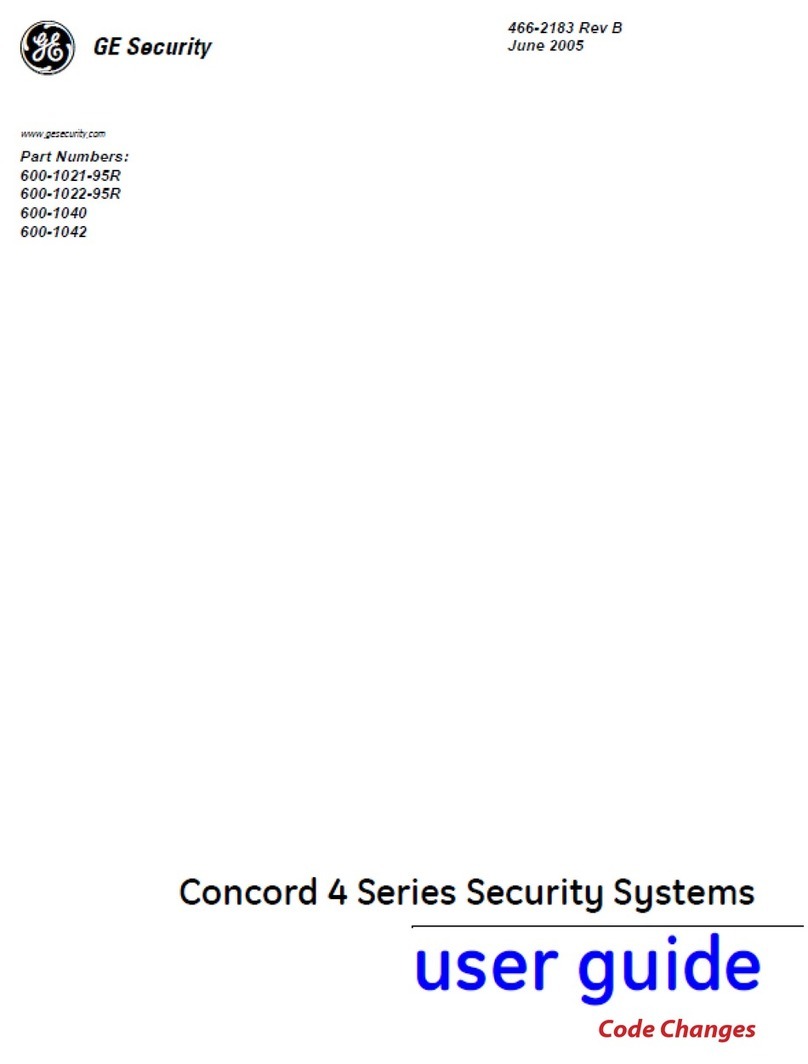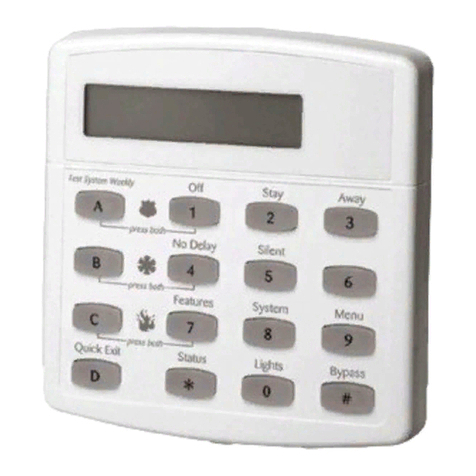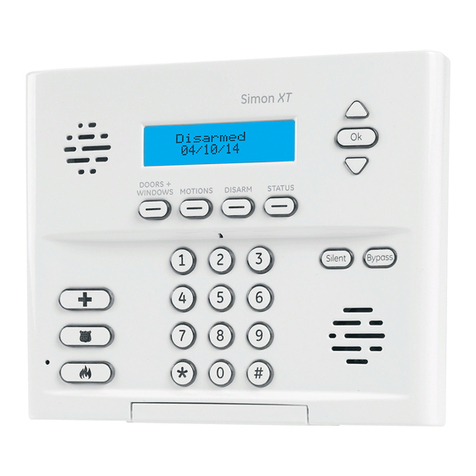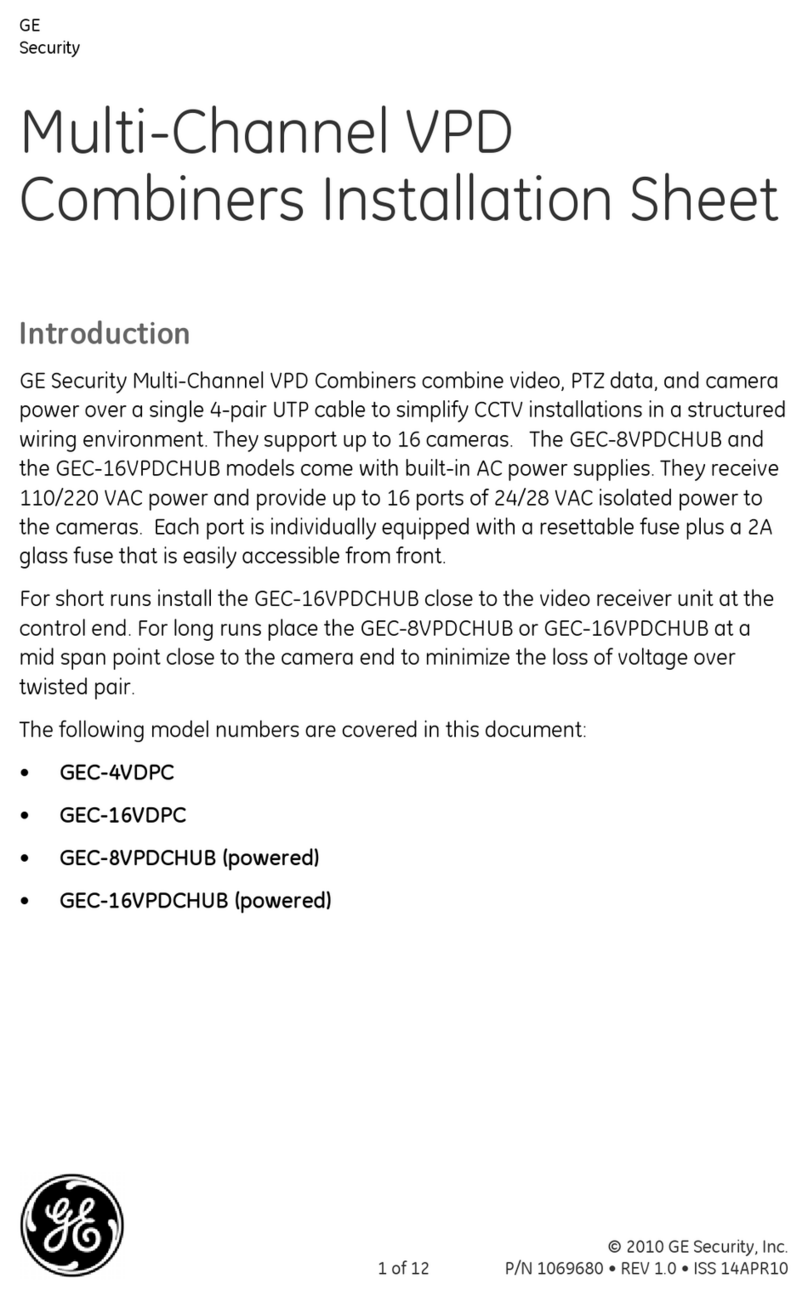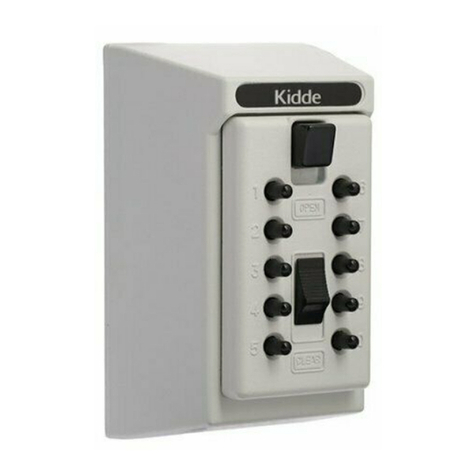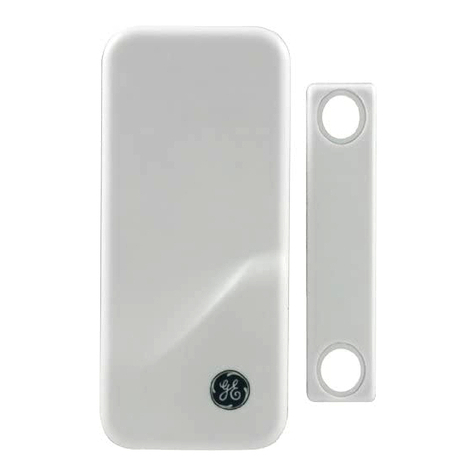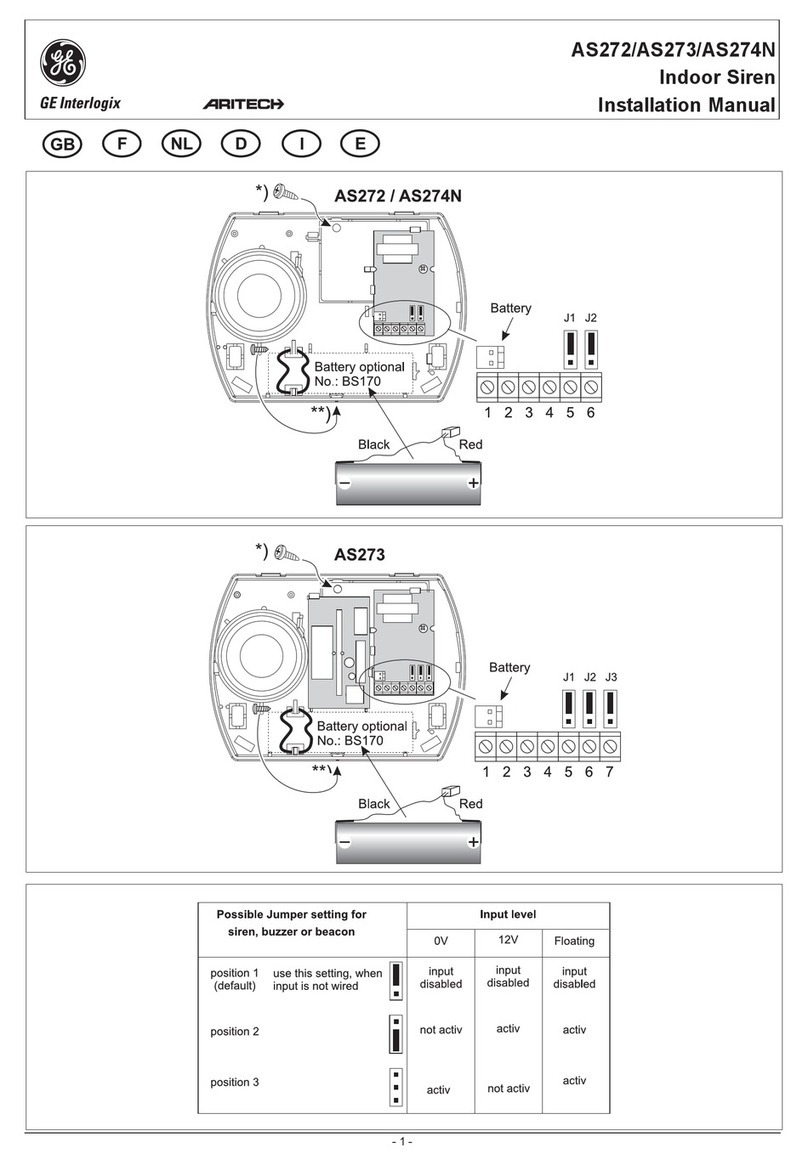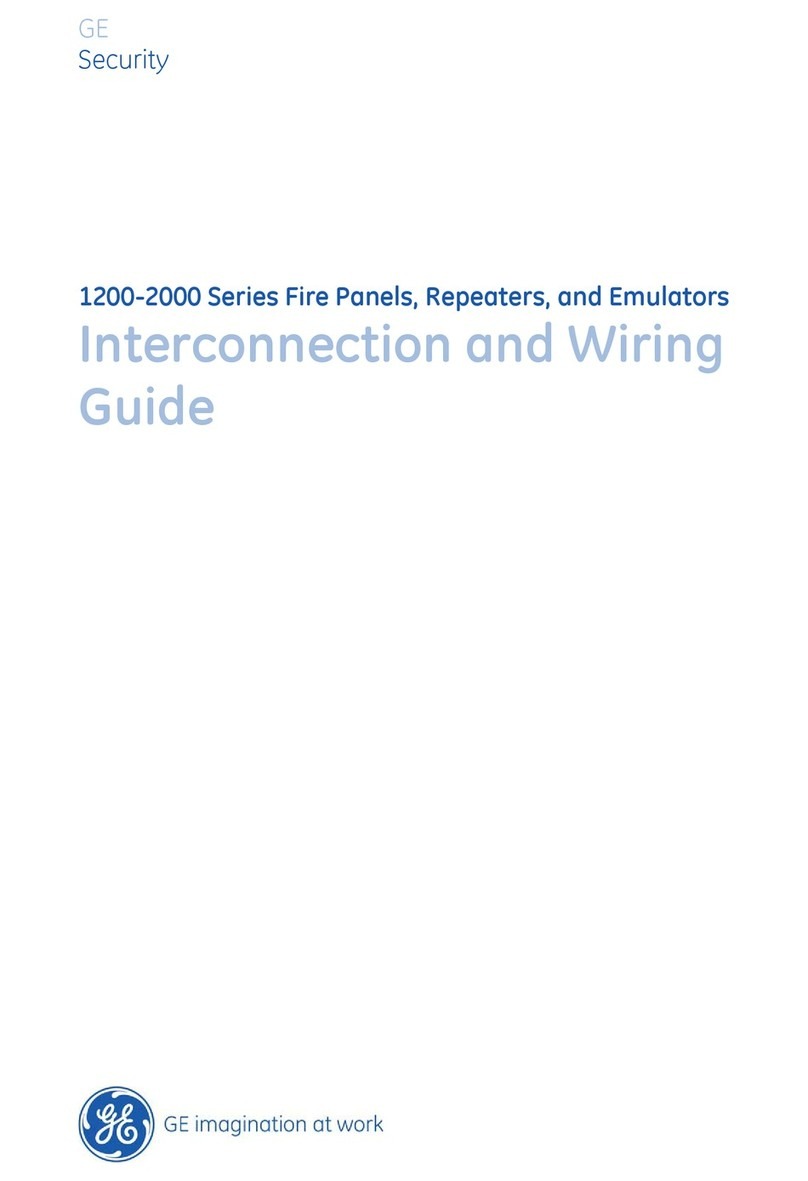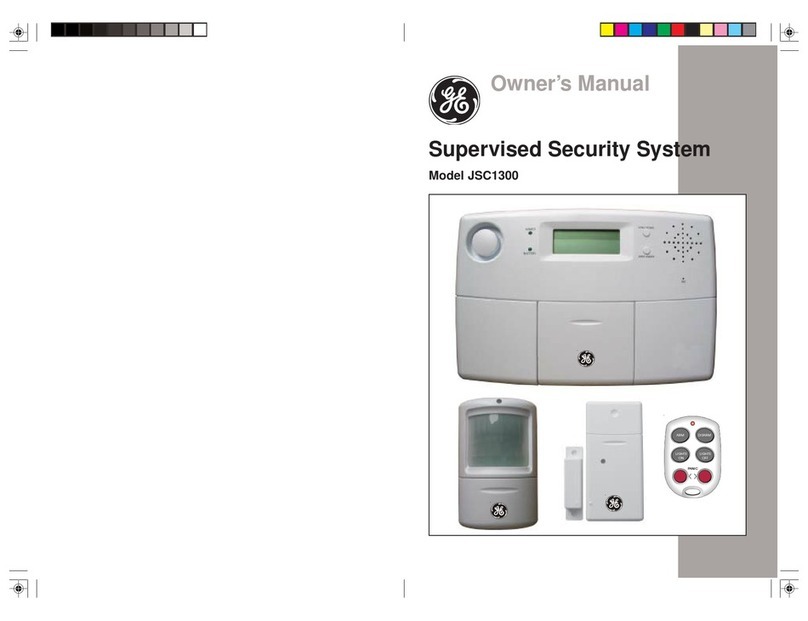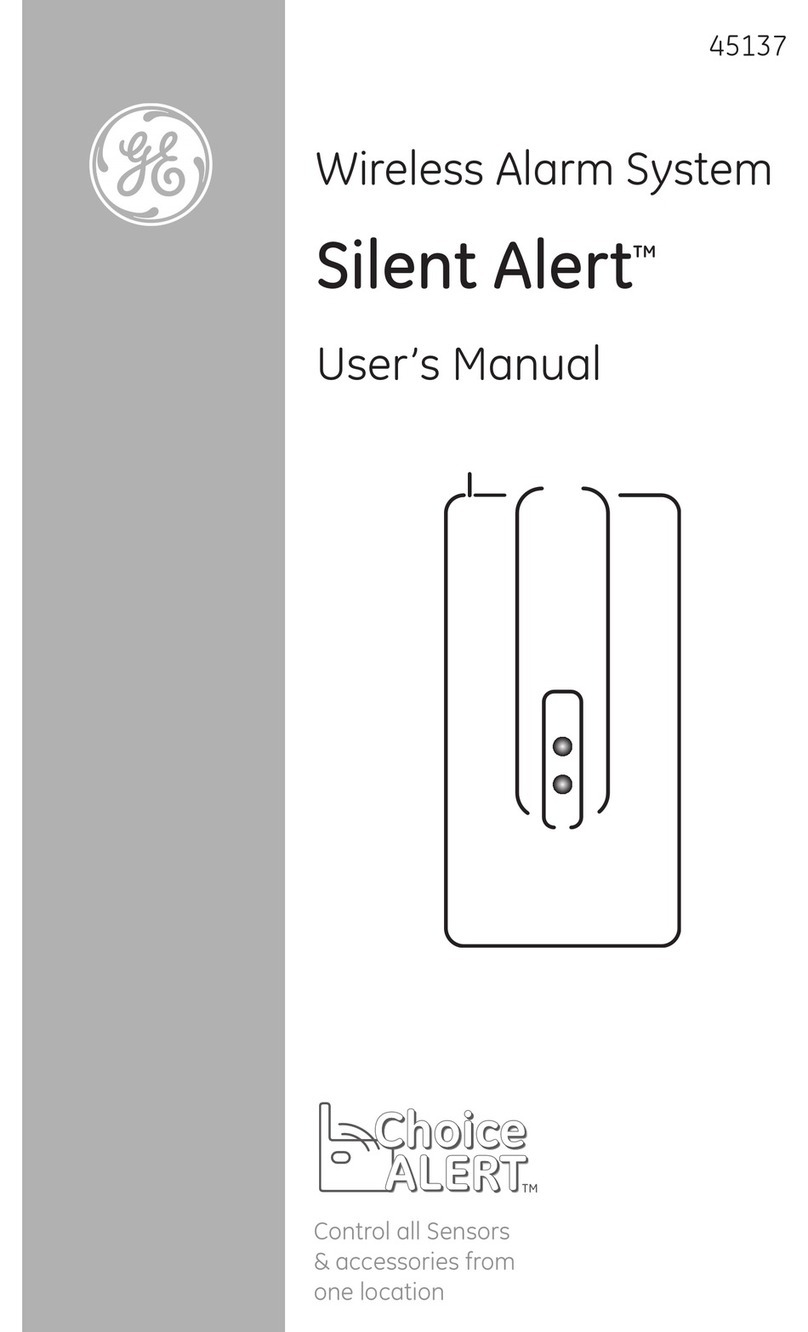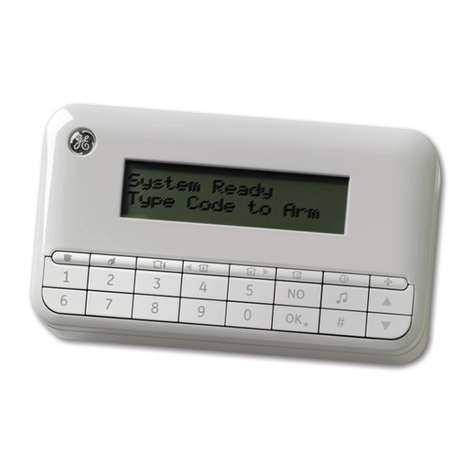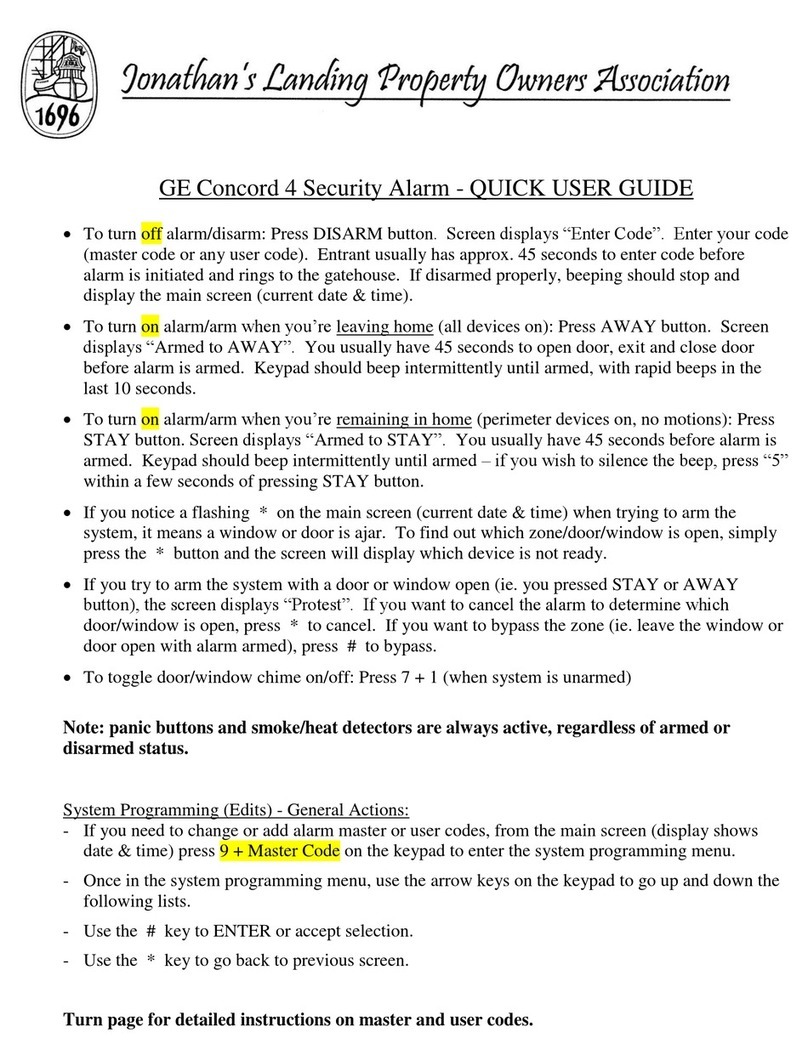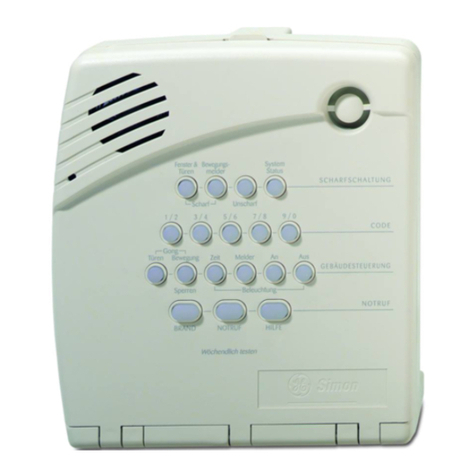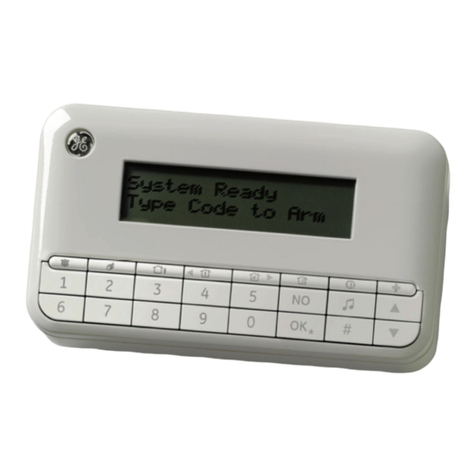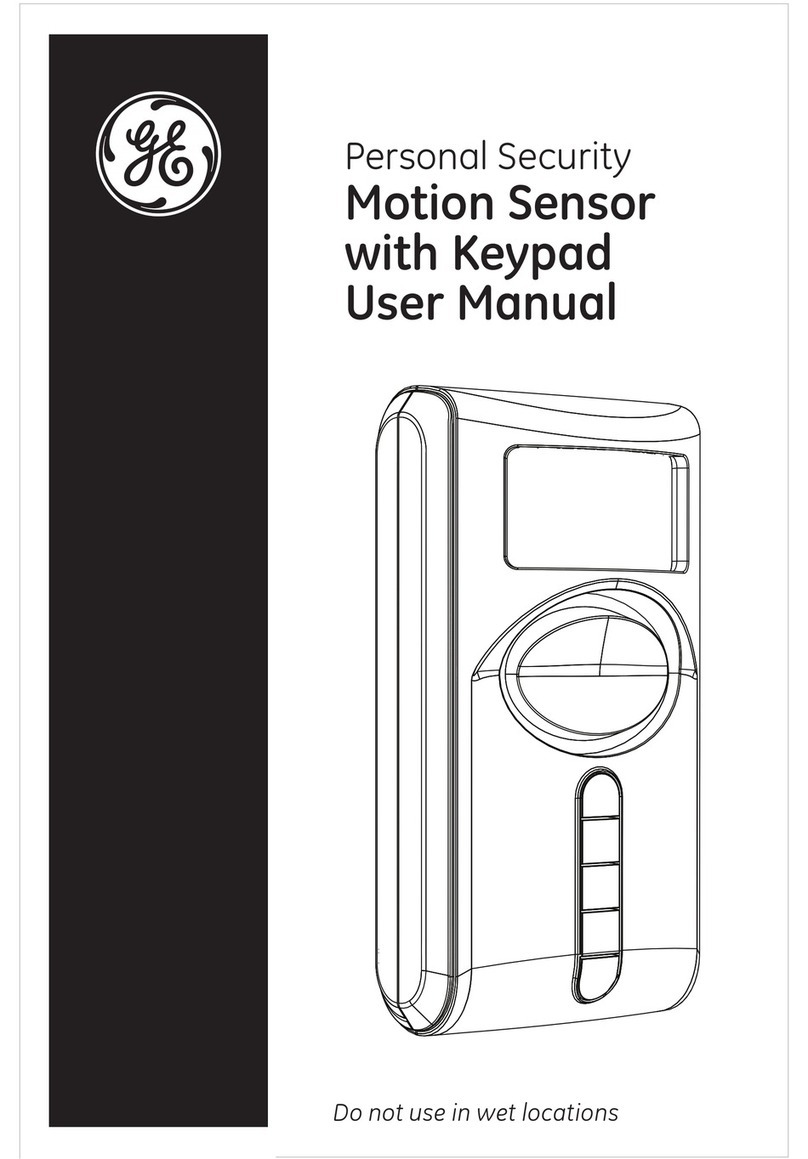
Copyright Copyright © 2006 GE Security, Inc. All rights reserved.
This document may not be copied in whole or in part or otherwise reproduced without
prior written consent from GE Security, Inc., except where specifically permitted under U.S.
and international copyright law.
Document number: 3101050 Revision: 1.0
Disclaimer The information in this document is subject to change without notice. GE Security, Inc.
(“GE Security”) assumes no responsibility for inaccuracies or omissions and specifically
disclaims any liabilities, losses, or risks, personal or otherwise, incurred as a consequence,
directly or indirectly, of the use or application of any of the contents of this document. For
the latest documentation, contact your local supplier or visit us online at
www.gesecurity.com.
This publication may contain examples of screen captures and reports used in daily
operations. Examples may include fictitious names of individuals and companies. Any
similarity to names and addresses of actual businesses or persons is entirely coincidental.
Trademarks and patents GE and the GE monogram are registered trademarks of General Electric Company. The
Telligence Patient-Staff Communication System name and logo are registered trademarks
of GE Security.
ProCare 6000 is a registered trademark, and ARMS ip, BedConnect, ColorTouch, DuraPin,
Infinity, NetBoard, PowerSwitch, and Telligence are trademarks of GE Security.
Other trade names used in this document may be trademarks or registered trademarks of
the manufacturers or vendors of the respective products.
CURBELL is a registered trademark of Curbell, Inc.
Emergin Communications Gateway is a trademark of SpectraLink Corporation.
Hill-Rom is a registered trademark of Hill-Rom Services, Inc.
SpectraLink is a registered trademark of SpectraLink Corporation.
Stryker is a registered trademark of Stryker Corp.
Intended use This product is to be used only for the purpose for which it was designed; refer to the data
sheet and user documentation for details. For the latest product information, contact your
local supplier or visit us online at www.gesecurity.com.
FCC compliance This equipment has been tested and found to comply with the limits for a Class A digital
device, pursuant to part 15 of the FCC Rules. These limits are designed to provide
reasonable protection against harmful interference when the equipment is operated in a
commercial environment. This equipment generates, uses, and can radiate radio
frequency energy and, if not installed and used in accordance with the instruction
manual, may cause harmful interference to radio communications.
You are cautioned that any changes or modifications not expressly approved by the party
responsible for compliance could void the user's authority to operate the equipment.
HIPAA disclaimer All examples of patient information in this document are fictitious. Any resemblance to a
real patient or facility is purely coincidental. The owners and users of this product are
solely responsible for complying with all applicable patient information laws. The users, by
their use of this product, agree to indemnify the manufacturer and/or seller of this
product against all claims, litigation, and suits filed for patient information violations.






